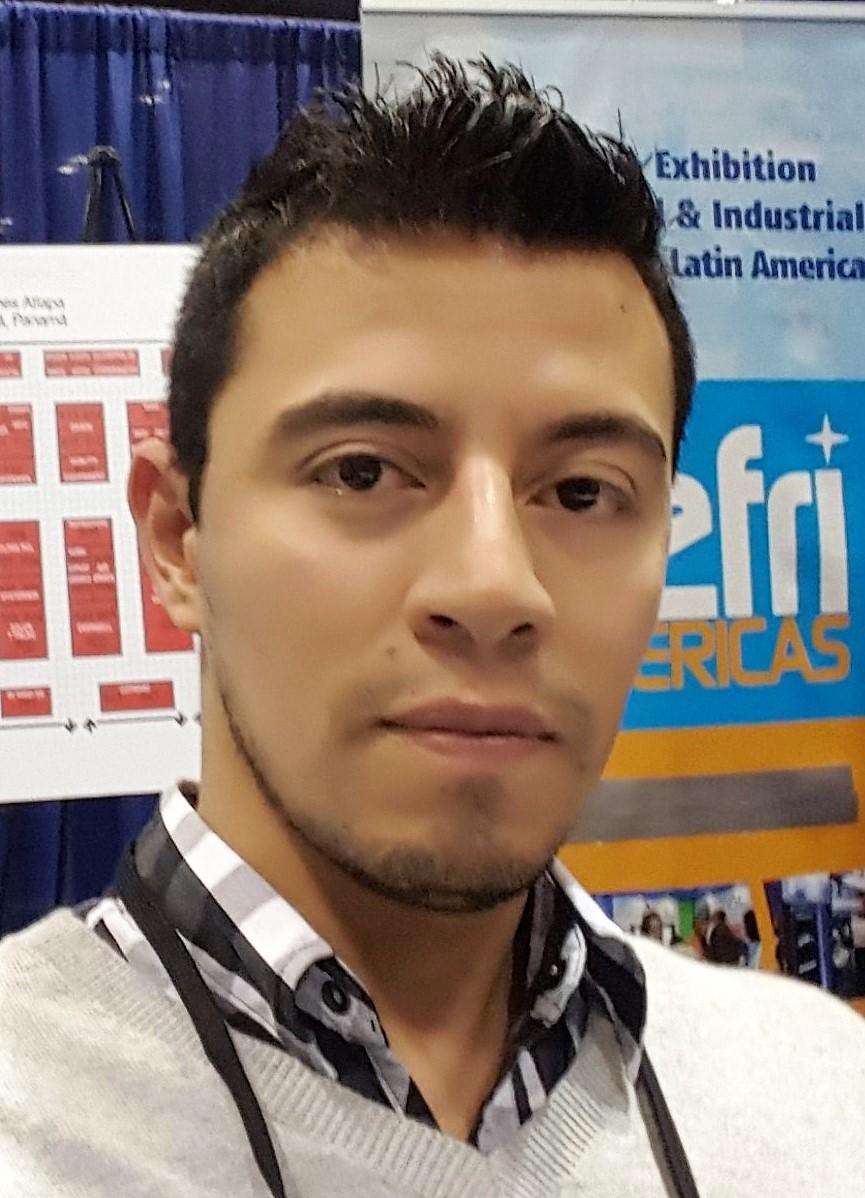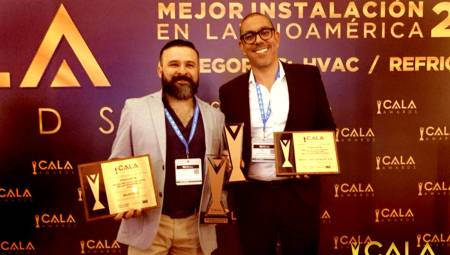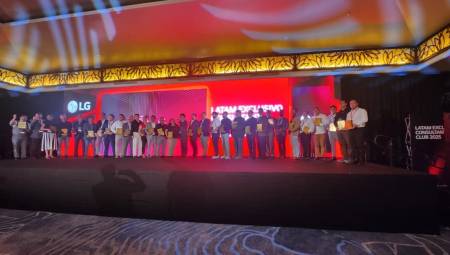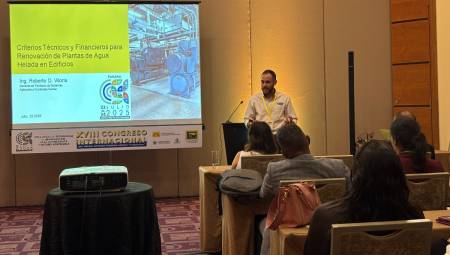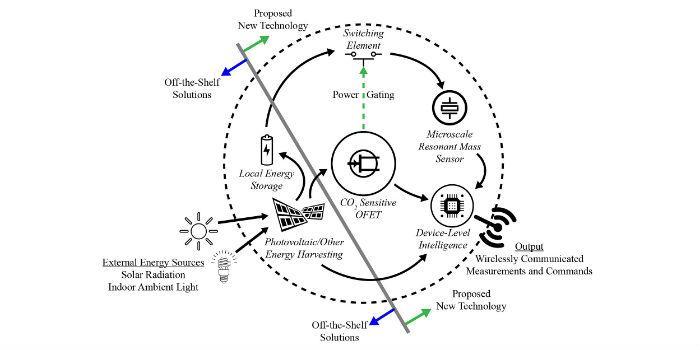 United States. Purdue University will lead a U.S. Department of Energy (DOE) project to develop sensors aimed at reducing the cost and environmental impact of operating a building's heating, air conditioning and ventilation system.
United States. Purdue University will lead a U.S. Department of Energy (DOE) project to develop sensors aimed at reducing the cost and environmental impact of operating a building's heating, air conditioning and ventilation system.
The new sensor is designed to continuously determine how many people are occupying a room or building by measuring changes in carbon dioxide concentration. Such an advance would allow energy savings by greatly restricting air conditioning and heating to occupied areas.
"Being able to wireless the heating and air conditioning sensibly would save a substantial portion of U.S. energy consumption," said Jeffrey Rhoads, a professor in Purdue's School of Mechanical Engineering who is leading the project. "To do that you need to be able to know when there is a room occupied and how many people there are."
The project, which begins in May, is funded by a three-year grant and $1.5 million from DOE's Energy Research Projects-Energy through its new Saving Energy Nationwide program in Structures with Occupancy Recognition, or SENSOR.
Approximately 13 percent of all energy produced in the United States today is used to heat, cool, and ventilate buildings, and much is wasted; It is used when buildings are unoccupied or not fully occupied.Ambiante of a building is to continuously measure the concentration of carbon dioxide, which is exhaled by people, said Rhoads, the project's principal investigator. He is working with George Chiu, a professor of mechanical engineering; Bryan Boudouris, Robert and Sally Weist Associate Professor of Chemical Engineering; and James Braun, the Herrick Professor of Engineering and director of the Center for High Performance Buildings at Purdue's Ray W. Herrick Laboratories.
The new sensor combines two technologies. First, a sensor developed in research led by Boudouris will detect the presence of carbon dioxide. Then, another sensor developed by Rhoads and Chiu will make accurate measurements to determine how many people are in the room.
"Our approach is to use these two sensors in concert so that it only accurately measures the concentration of CO2 (carbon dioxide) if someone is present in the room, which saves energy in the detection process," Rhoads said. "The first sensor detects CO2 and is used as a switch to turn on the second, and by doing so you save all the power of running the second continuously. And this strategy allows us to meet some key metrics on energy consumption and longevity. It will have to run on very little power and will last for several years. We don't want a system that you have to maintain annually or monthly."
The sensor will be slightly larger than a stamp, cost less than 6 cents per square foot of building space to operate, and last more than three years. The technology is an example of a microelectromechanical system, or MEMS, which are devices that contain small mechanical components at the microscale. Vibrating plates behave differently when in the presence of CO2. They will be coated with a film that absorbs CO2, causing a change in the frequency of vibration. The sensor will be restarted by heating the sensor components, removing the CO2 gas.
"You might think it's a smoke detector, except we're focused on carbon dioxide and not just detecting; we're also measuring," Rhoads said.
The research will be conducted primarily at Herrick Laboratories. Two associate postdoctoral researchers and a graduate student will also participate in the project.
Data Source Provider: Purdue University.


